Injective Protocol is the Future of Exchange - Trading as a Public Utility
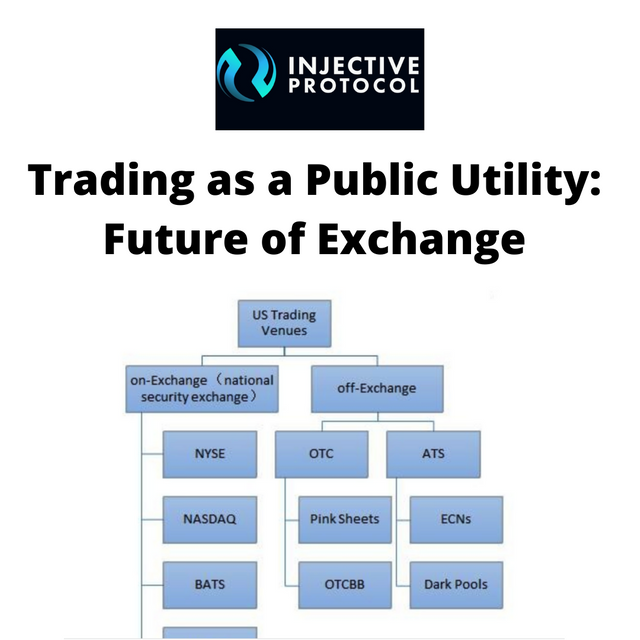
The injective protocol makes crypto change a decentralized open utility through decentralizing every and each and every section of the exchange, from the front-end trade interface, back-end infrastructure, clever contracts, to order ebook liquidity.
This has revolutionized the ordinary commercial enterprise mannequin of exchanges, as it eradicates technical limitations mitigating builders to successfully run a fantastic alternate for each spot and derivatives markets. Rather, nodes on the Injective Chain are rewarded thru INJ tokens to feature as order relayers, host a decentralized order book, and characteristic as a decentralized change execution coordinator.
Injective chain is based on the Cosmos zone and is a decentralized protocol built on Layer-2, providing a high-speed Ethereum decentralized trading experience. It will use the Cosmos IBC protocol to achieve cross-chain transactions, VDF to simulate real time through Proof of Elapsed Time, and standardize order sequencing to eliminate early tradings. In addition, the Injective chain supports token staking and provides technical support for creating more services such as staking in the future.
What is internet finance history?
Twenty first century, human civilizations have made massive development in digitizations. In simply two decades, the net has long gone thru three ages: the age of portal (Web 1.0), the age of search/social (Web 2.0), and the age of web (Web 3.0). The non-stop improvement of the web has altered and revolutionized the methods that human beings think, behave, and interact.
It commenced about 300 years in the past throughout the industrial age, humans have been working infinite to enlarge productiveness and effectivity on machines to manufacture from flow engines to automobiles; the key phrases have been mass production, automation with machines, and effectivity optimization for maximized profitability.
Now the whole thing has changed, and the passing of time looks to be even quicker as we witnessed the new release of technologies. Humans shift their attentions away from fundamental productions and machines returned to people themselves; the net connects integrates humans, information, and machines/devices.

I have to say things and people get connected and integrated into an "unseen network," the characteristics of blockchain decentralization or however you call it, have become extremely incentivizing for people to act and innovate upon. Specifically, works have been done on all layers of the internet from, again, data productions, storage, to applications (dApps), and of course along with all the innovations come with innovative business models and even "token economies."
Among the diverse applications of blockchain technologies, DeFi, or decentralized finance has been one of the most hyped recently given the room of imagination and schemes like liquidity mining.
Traditionally even though we did see the boom of internet finance in the past years ranging from payments, crowdfunding, neo-banks, P2P lending and more, however, non has provided the current anticipation of "evolution" but instead just "iteration," as they did not really change the rules and systems.
Now let's talk about the growth of exchanges based on blockchain technology
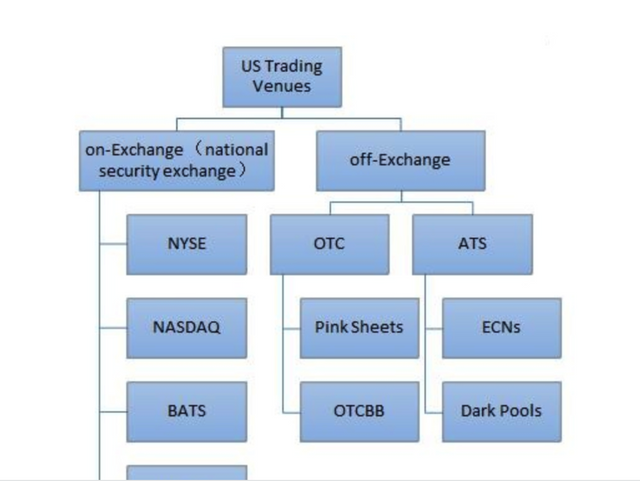
As we know of blockchain technology in asset tokenization and the trading of it, many digital asset exchanges have emerged, such as Binance, Coinbase, Bitmex etc. These well-known exchanges are also classified as centralized exchanges in the blockchain and digital asset industry.
Centralized exchanges, as the name suggests, means that the assets deposited by the users are stored in the hands of the exchange owners, and matching of trades and even prices of products are subject to centralized controls operated on centralized servers. In other words, we, as users, do everything on the platform based on our trust in the team and institution running it.
In comparison, the essence of decentralized exchanges is to allow users' assets to be under decentralized custody (assets are stored on the blockchain), with every transaction record stored on the blockchain giving transparency and traceability. Simply put, this whole decentralization is meant to prevent malicious human behaviours and to facilitate users to trust in codes and technology instead of other human beings. Let's probe further in details:
CEX Exchanges
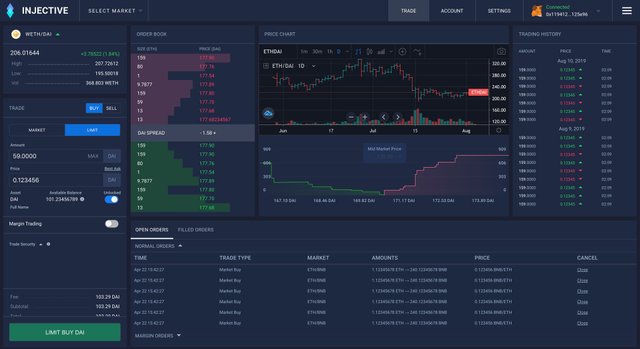
centralized trading platform for the first time, you need to complete the registration required by the centralized exchange and KYC. Upon different levels of tasks completion, you will have the permission to deposit, withdraw, trade, and more.
Deposit:
Deposit a certain amount of assets from other exchanges or your own wallet to the newly registered centralized exchange. It should be noted that the address to receive the deposit is assigned to you by the centralized exchange, and thus you do not have the private key to this address.
Withdraw:
Withdraw assets away from the exchange, you are subject to centralized risk control conducted by the exchange persons as you do not have control of the address. It is usually the case that you will need to complete the highest level of KYC (e.g. video chat, picture with yourself holding your ID and written waiver of rights). Further, the release of your assets is completely subjected to the permission and execution of the exchange staff.
Trading:
When you make a trade, all transaction-related data and record are stored on the exchange's server, on some of the exchanges, the settlement of a transaction does not even take place (you only see the transaction completed on the front-end), and for most, you do not have access to their back-end and therefore if there is any dispute on a transaction/order, you probably would not have any edge arguing with a centralized exchange.
DEX Exchanges
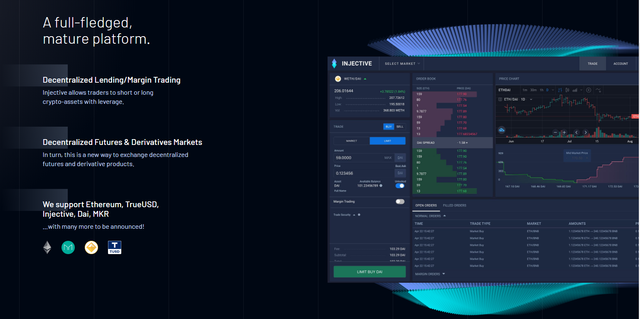
decentralized exchanges are that the exchange accounts equate to smart contract accounts. In brief, storing assets on DEX is to store them in smart contracts which is to store them in codes, and in codes you trust.
Usually, most DEXes will only ask for registration and to deposit, withdraw, and trade:
Deposit:
you deposit by transferring your assets into the smart contract address assigned to you by the platform.
Withdraw:
directly withdraw to anywhere directly from the smart contract address.
Trading:
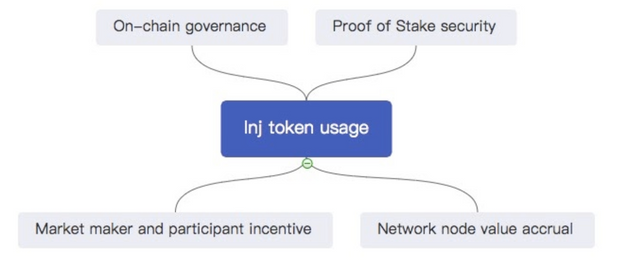
your asset is transferred from the smart contract address directly to that of your counterparty. This transfer can be checked on the blockchain through blockchain browser, and the entire transfer process relies on smart contract's automatic execution by codes.
DEXes can be further divided into two focuses: spot and derivative markets. Most of the DEXes in existence focuses on the spot markets, and are not many derivatives DEXes given the complexity of financial designs development workloads.
However it has become palpably clear that derivatives markets have grown exponentially in the digital asset domain, and we are already seeing the next boom coming from derivatives trading.
Official Website: https://injectiveprotocol.com
Whitepaper Link: https://docsend.com/view/zdj4n2d
Twitter: https://www.twitter.com/@InjectiveLabs
Bounty Link : https://bitcointalk.org/index.php?topic=5256993
Telegram: https://t.me/joininjective
Reddit: https://www.reddit.com/r/injective
Github: github.com/InjectiveLabs